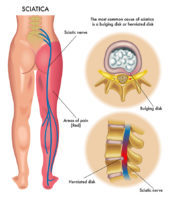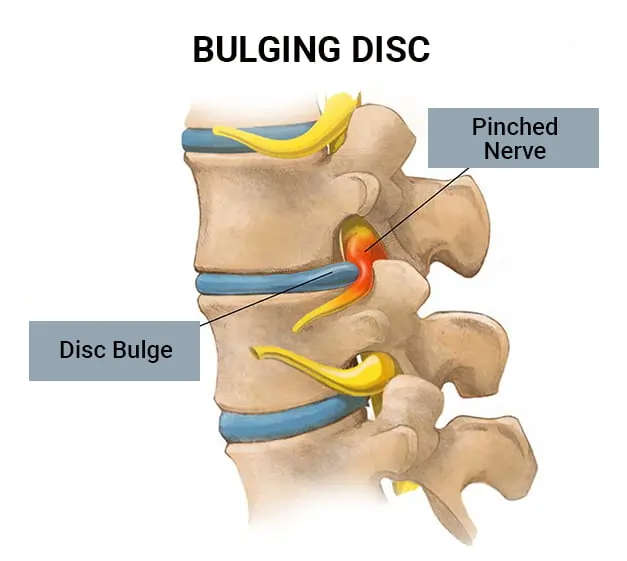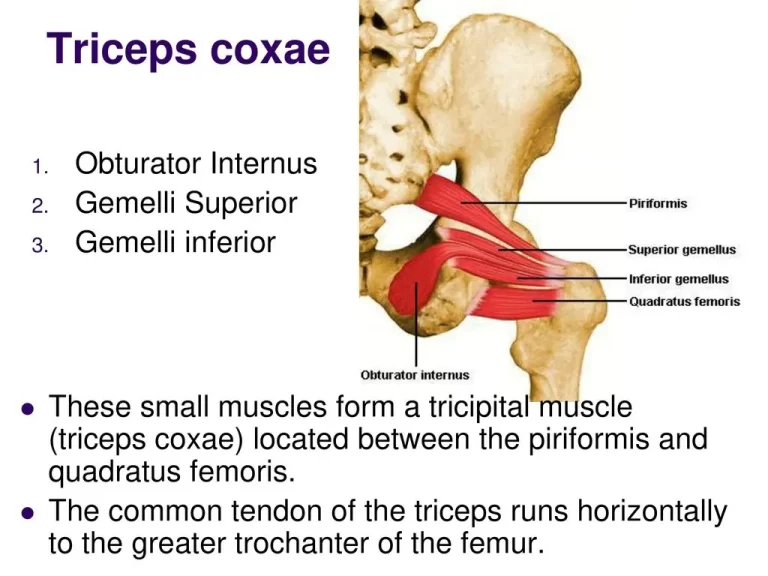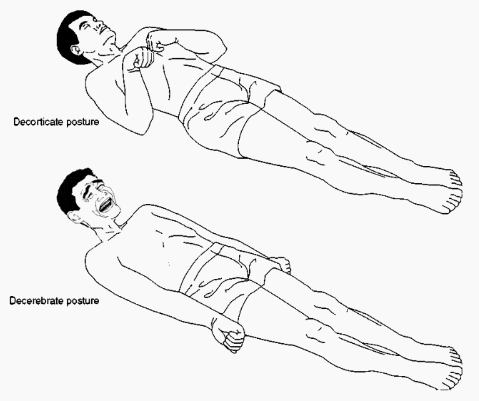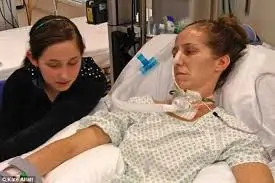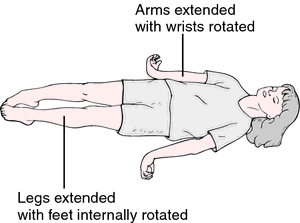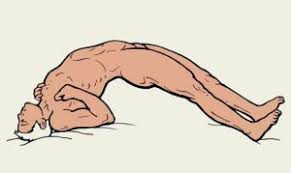Disc Bulge l4 l5 Treatment: Physiotherapy treatment
Disc bulge l4 l5 treatment is mostly depends upon symptoms and severity. However, if you are looking for Disc bulging with level of lumbar spine l-4 and l-5 related treatment option in this article which is the best option you can select and how to relieve disc bulge pain. A Disc bulging occurs when the…

